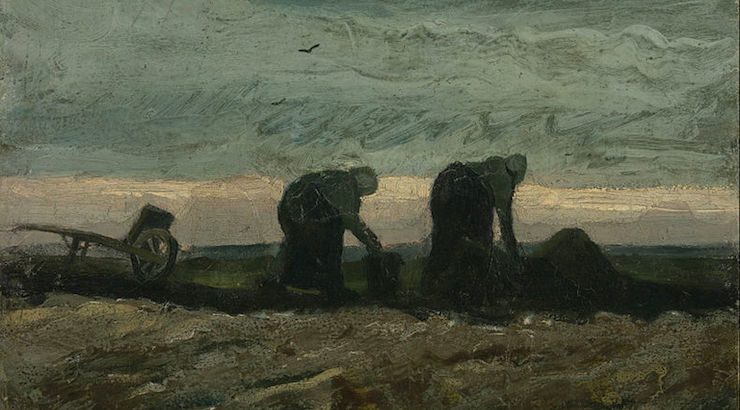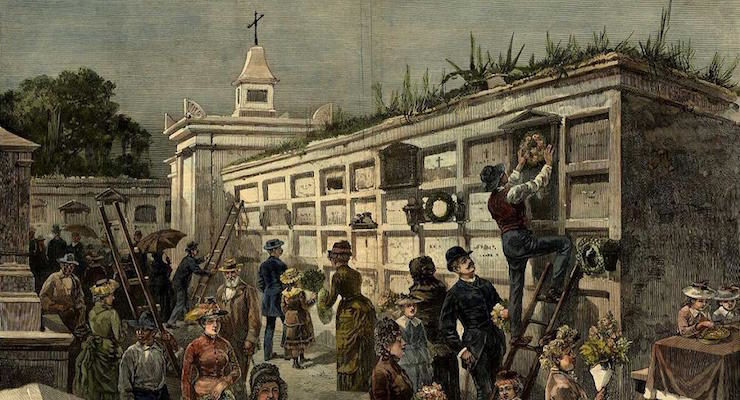Worldbuilding and the Labor of Food
Comment number:
37
Advertisement
Showing 12 results








“Writing is the closest thing we have to real magic.”
R.F. Kuang, Yellowface
For compliance with applicable privacy laws:



